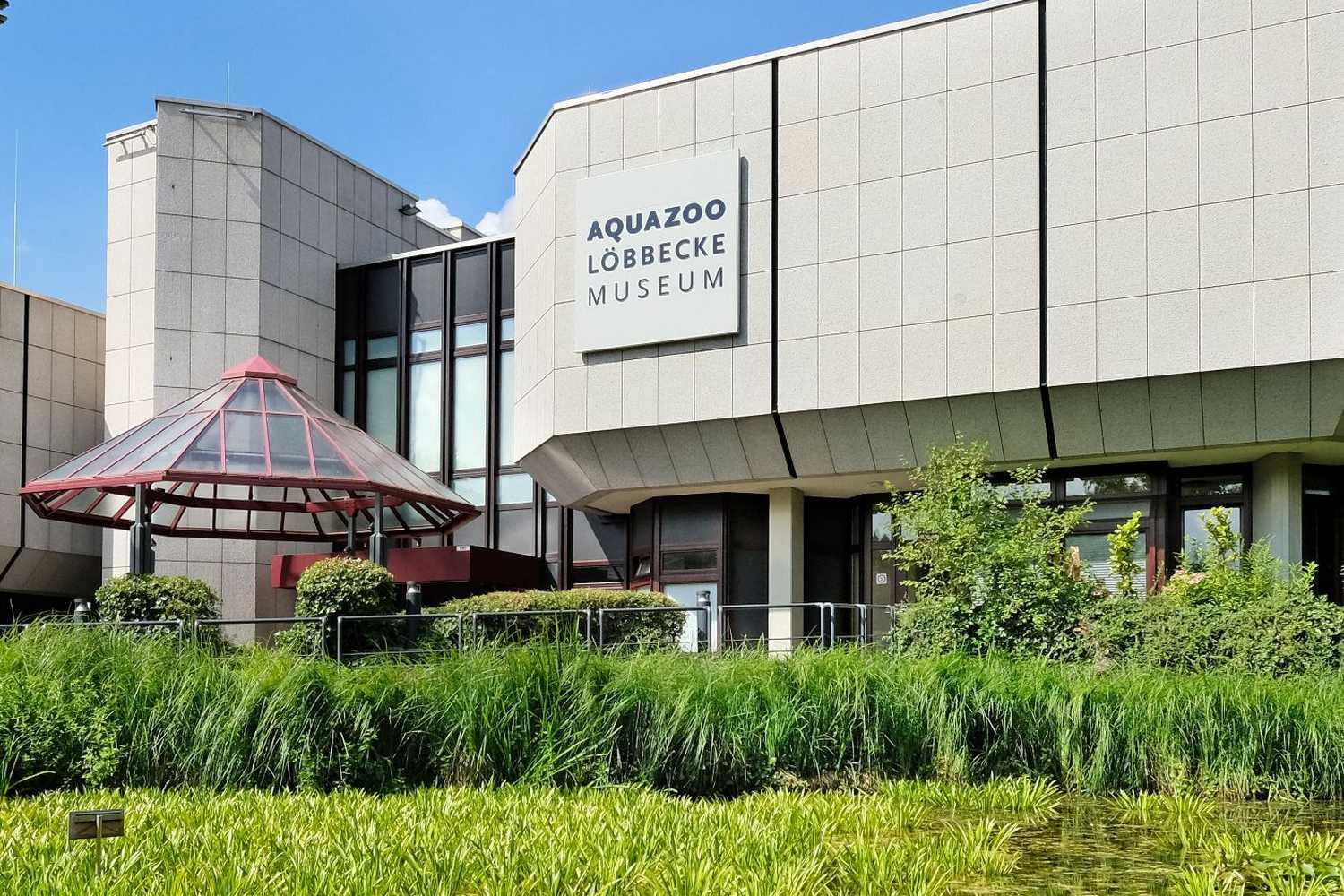The Aquazoo Löbbecke Museum in Düsseldorf is part museum, part zoo and part aquarium. It's a great place to take your children — the positive experience of looking at the animals and fish is combined with developmentally stimulating information. The museum also has many advantages.
Firstly, the 'living' part of the exhibition has about 500 animals, birds, reptiles, fish and other representatives of the fauna. The large glass enclosures in the aviaries allow you to see lizards, turtles, crocodiles, tiny marmoset monkeys and penguins, and to watch them feed and play. Glass, rather than cage bars, separates visitors from the animals so they can observe them from a safe distance.
The spacious aquariums are filled with all kinds of fish, from graceful seahorses to dangerous piranhas, small neon tetras to large tunas, predatory sharks, moray eels and even the odd creature like an axolotl.
.jpg)
Secondly, there's a huge collection of skeletons and fossils. Where else can you count the ribs of a snake, peer into the shell of a nautilus or touch the sharp teeth of an unknown beast without fear? And where else can you have the rare opportunity to hear the voice of a sperm whale? The museum's exhibition tells you about evolution, how organisms adapt to changes in their environment and what all the inhabitants of planet Earth have in common.
The interesting museum complex Ehrenhof is 3.2 km from this exhibition
.jpg)
It presents visual mock-ups of the anatomical structure of animals, demonstrates the evolutionary chain and illustrates the diversity of the animal world. It is also possible to start an informative film about evolutionary processes.
.jpg)
Thirdly, the museum has a wonderful collection of insects. Not all of them are on display — many live in their aviaries, displaying beauty, wonders of camouflage or voraciousness.
.jpg)
It must be said that German schoolchildren even have lessons at the Aquazoo Löbbecke Museum. A visit to the museum can be complemented by a stroll through the picturesque Nordpark nearby.











